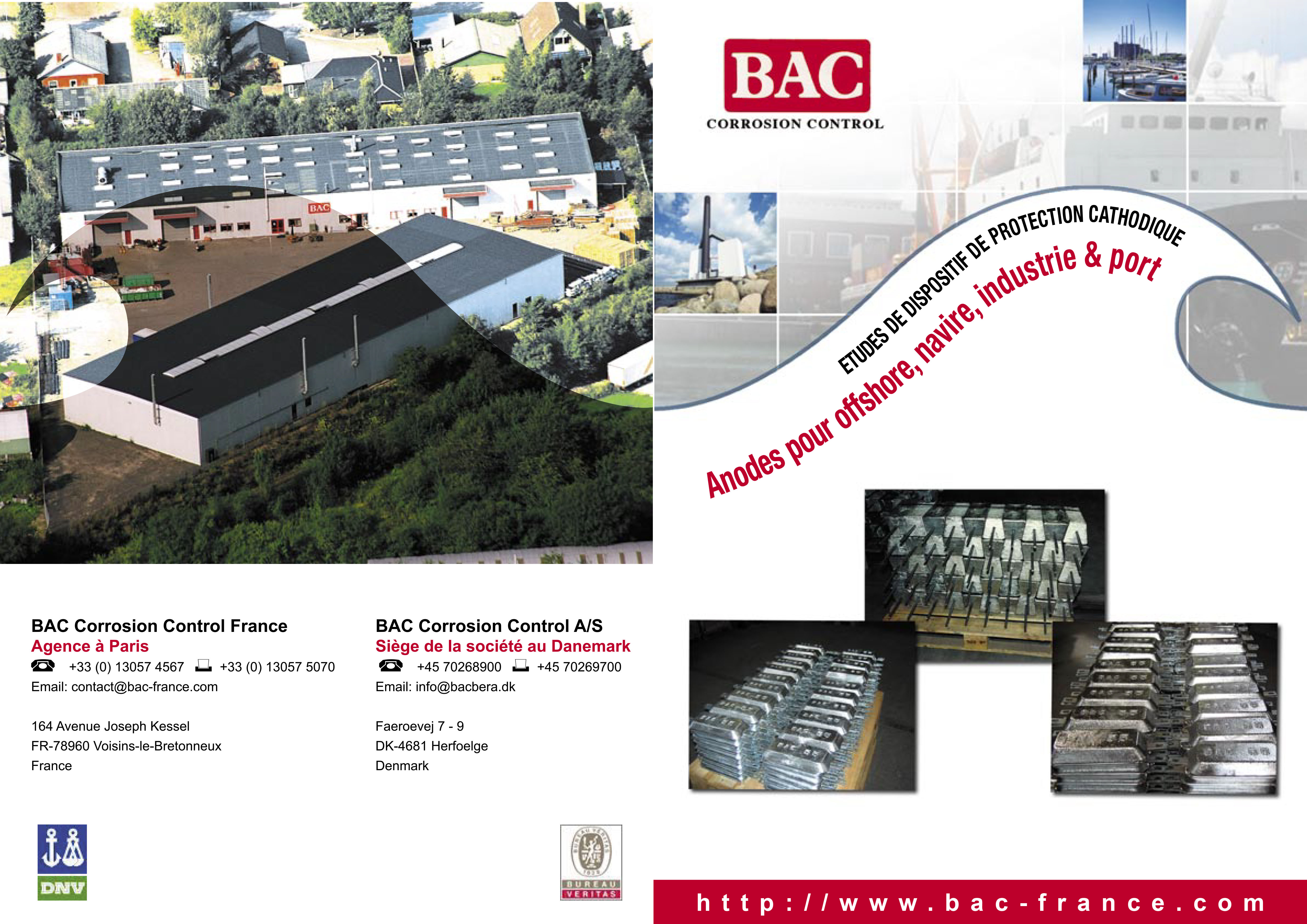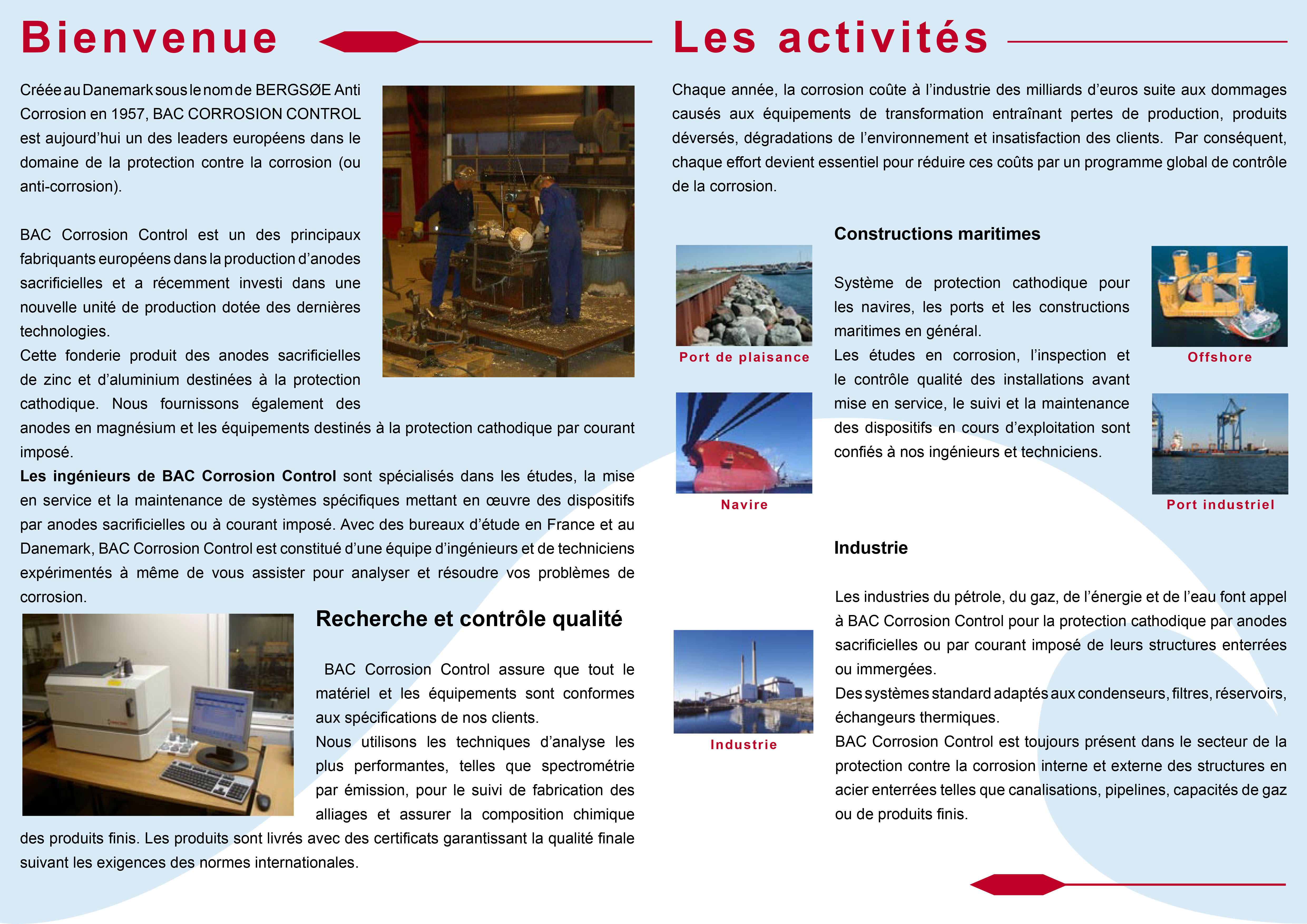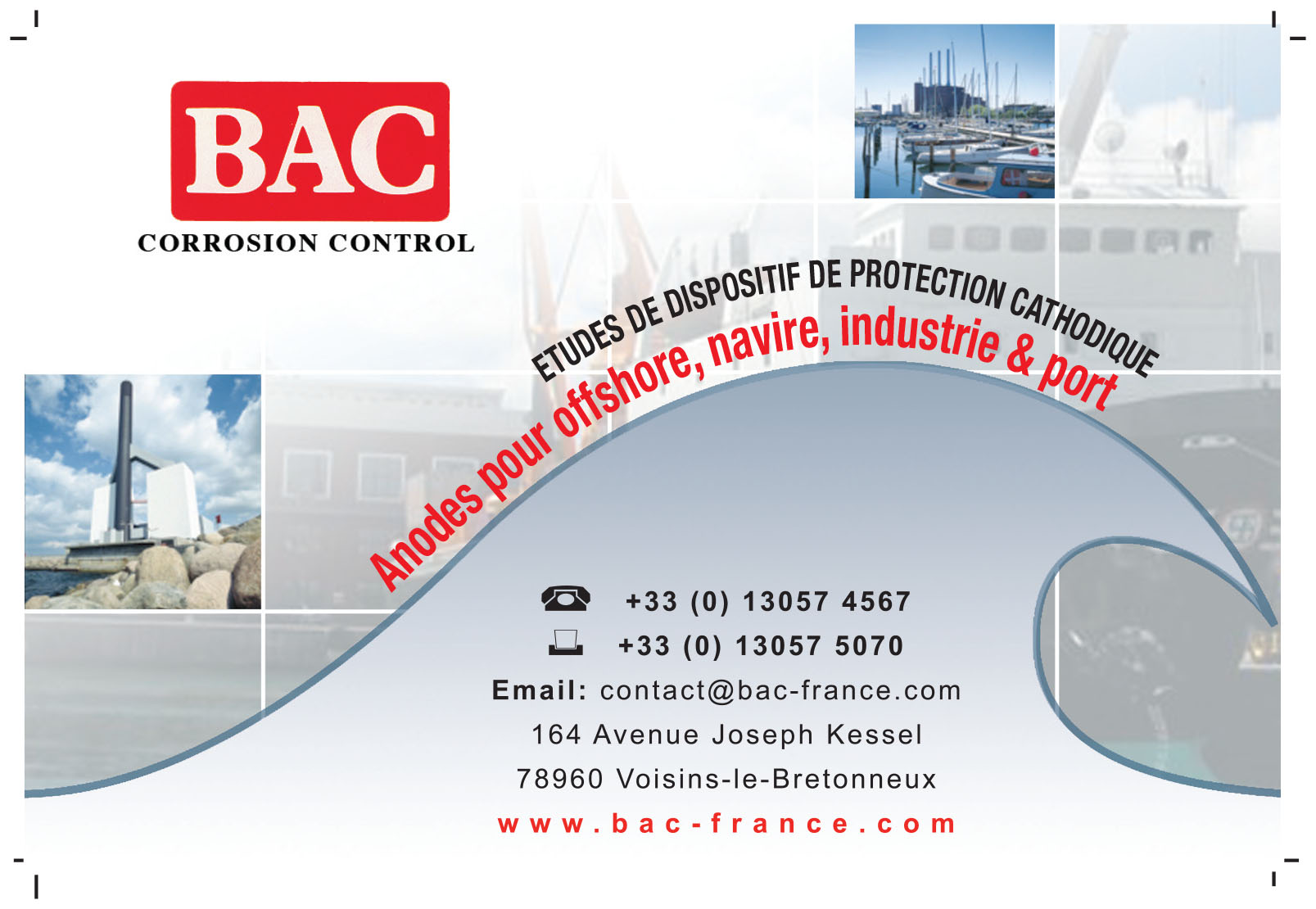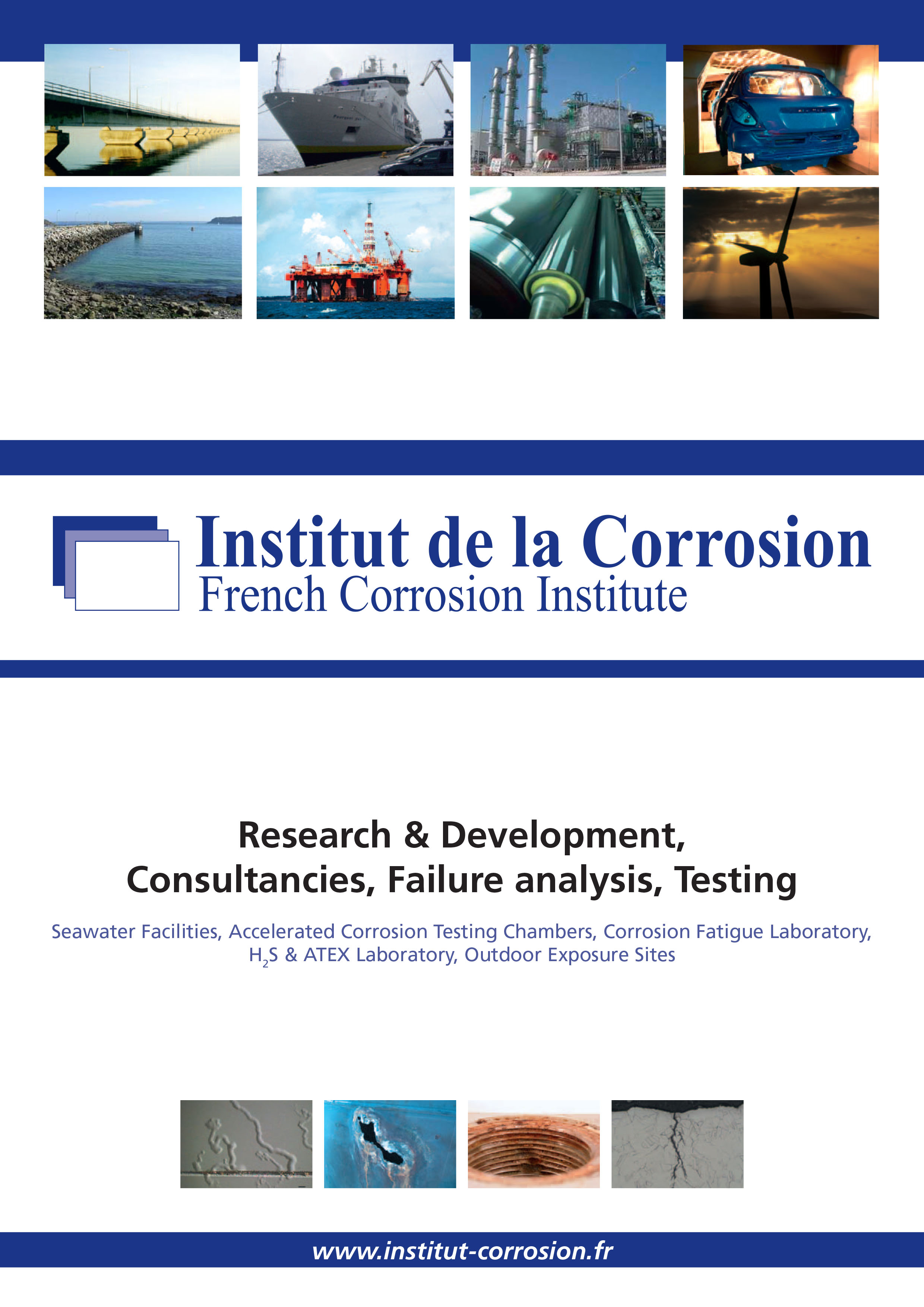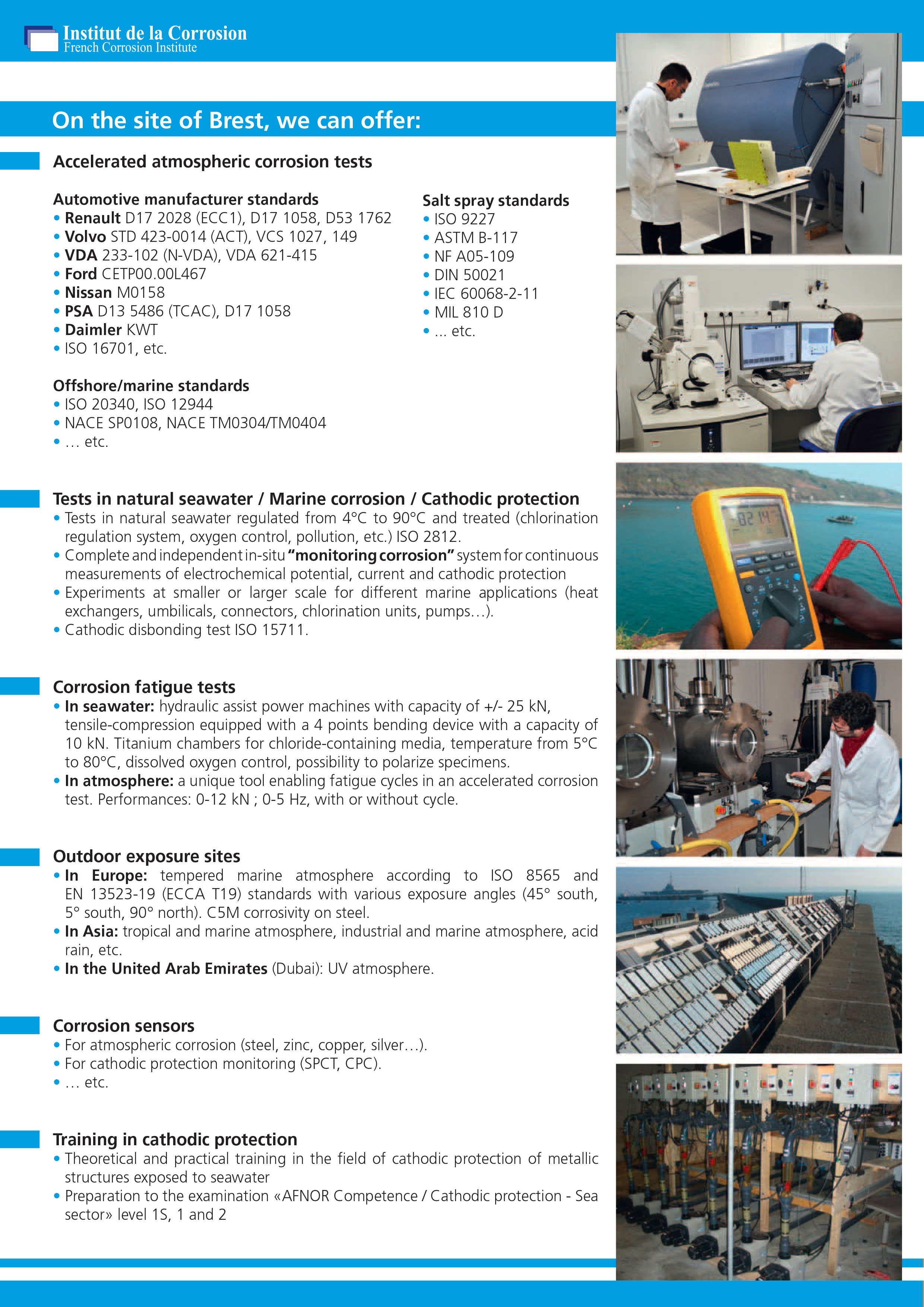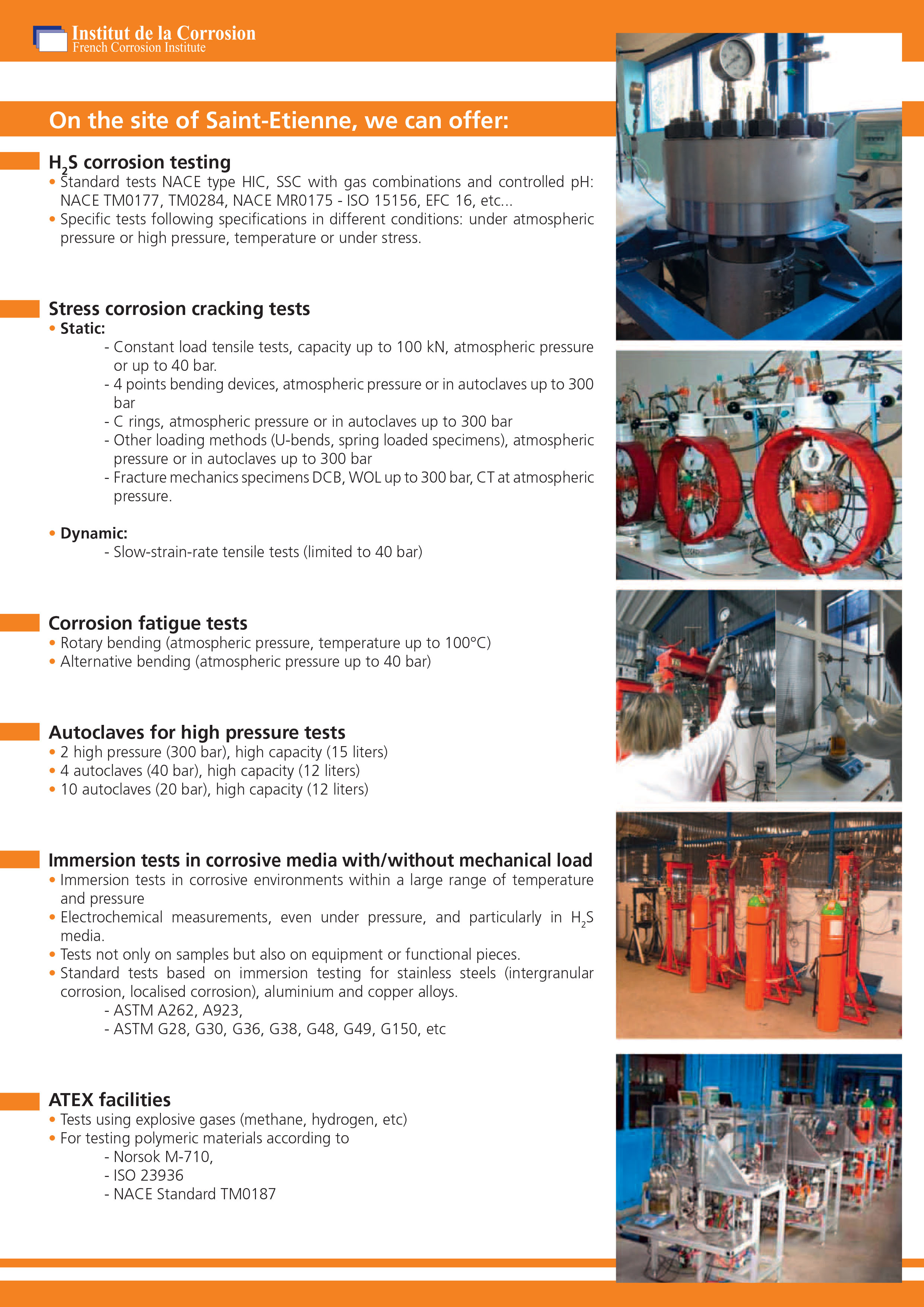Principles
The purpose of control and maintenance is to ensure that the cathodic protection installation remains effective throughout the design life of the structure. The check procedures must be adapted to the type of structure and to its cathodic protection system. They must be in conformity with the standards in force (standard EN 13509) and be validated once the installation is put into service.
The control of the effectiveness covers at the same time functional controls of the equipment and measurements of the parameters of cathodic protection. It should be noted that the material used for measurements and controls must themselves be regularly checked.
If the installation is not controlled by remote monitoring, the frequency of functional controls must be in conformity with the standards in force.
The filing of data about the operation and maintenance of the installations is essential. The computerized management systems of data are now readily available.
It is necessary to regularly carry out the following potential measurements:
- Potential without current output (free corrosion potential:
The corrosion potential of a metal in an electrolytic environment, such as water, soil or concrete (aqueous porous environments), is the difference in potential between this metal and a reference electrode placed in the vicinity of the surface of the metal.
In natural conditions, when no external current is applied to the metal part, this potential is called potential free corrosion potential (or null current corrosion potential). It is useful to know it in order to be able to apply the criterion to lower the potential of 100 mV. Its measurement can nevertheless be adversely affected, particularly on large structures, by the circulation of stray currents, telluric currents or currents induced by power transmission lines.
- Potential with current switched on (« Eon »)
The potential with the current switched on (sometimes called » on ») is the difference in potential between metal under cathodic protection and the reference electrode. As indicated above, this potential strongly depends on the position of the reference electrode compared to the protected structure.
If there is no external current at the considered cathodic protection system, the « Eon » measurements are more electronegative than the real potential of the structure. They are optimistic for the checking of the protection level and pessimistic for the one of the over-protection level. For buried structures or structures in concrete, they are only indicative and must be supplemented by Eoff measurements.
- Potential with current switched off (« Eoff ») and depolarization
The potential measured with the current switched off is measured after the cathodic protection current is switched off. This potential changes with time.
If there is no external current at the considered cathodic protection system, the « Eoff » are close but less electronegative than the real potential of the structure. They are pessimistic for the checking of the protection level and optimistic for over-protection.
Checks and measurements at start up
For cathodic protection by impressed current, it is necessary to measure the output voltage of the rectifier, the protection current, the potential with known current at various locations.
For buried structures, it should be checked whether there is any interference to adjacent structures.
Functional controls in service
Functional controls include
– – to check that the transformer-rectifiers work well, including measurements of the voltage and current,
– for complex structures, to check the connection and/or the insulation of the external structures,
– to check the mechanical and electrical integrity of safety and protection devices.
Control of the protection effectiveness in service
Generally, the effectiveness of cathodic protection is evaluated by comparing the measured values of certain parameters, with the reference values or with the protection criteria.
The protection criteria concern:
– the measurement of the potential with Eon switched on current .
– the measurement, after the current is switched off, Eoff and eventually of the depolarization
– checking there is no risk of over-protection for the considered structure (types of materials and coatings).
Remote monitoring and control
The cathodic protection current and the potentials (Eoff et Eon) of the protected structures can be measured without human intervention, continuously or with definite intervals. The results of these measurements can be recorded in a data collector and then transmitted. The functioning of the installation, with its possible failures, can thus be followed remotely.
The data transmission system from the protected structure towards the monitoring station, can be supplemented by a device allows regulation of the protection current of the structure, from the monitoring station.


